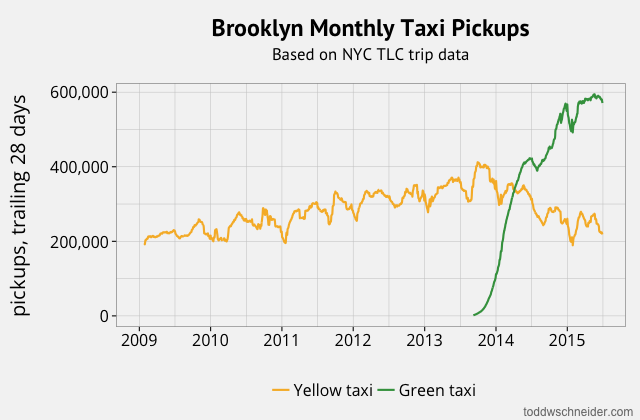Antonio Melechi at the Times Literary Supplement:
Whatever his shortcomings as a novelist of character and dramatic action, there was certainly no denying the staggering panorama of ideas that Huxley, a self-styled professor of nothing-in-particular, could navigate in his fiction and essays. From the history of scissors to Chinese ceramics, Vedic scripture to medieval gastronomy, his reach was telescopic. But Southern California, his adopted home, ushered him towards a new role. Frustrated by his moderate success as a Hollywood scriptwriter, Huxley found sustenance in a diet of mysticism and mescaline, hypnosis and dianetics. Writing for Esquire and the Saturday Evening Post, lecturing to ever-more crowded auditoriums, Huxley took the question of human potential writ large as his intellectual lodestar. What non-revolutionary measures could the godless society pursue to expand the heart and mind? How could co-operation and collectivism replace the urge to control and dominate?
To answer these and other questions, Huxley plundered psychology, psychiatry, neuroscience, anthropology, psychopharmacology and evolutionary biology. According to his own definition, he was now a “pontifex”, a bridge between science and the general world, a kind of freelance human engineer. But like the hapless Theodor Gumbrich, the inventor of the world’s first pneumatic trousers, from Antic Hay (1923), Huxley’s rapport with new scientific research and technology was sometimes seriously misjudged.
more here.

